Adventure Travel
The streets of Cairo
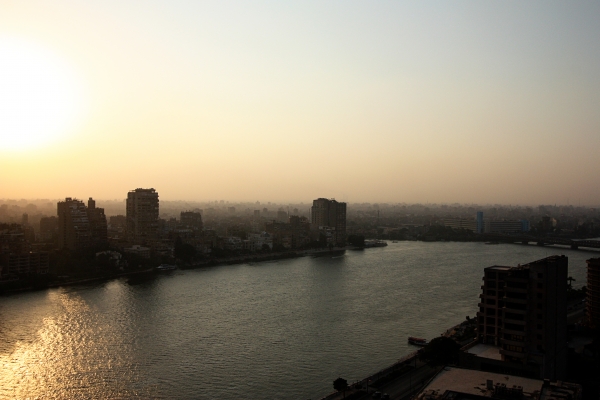
Photo by Eva Melusine Thieme
In July of 2012, shortly before leaving Africa, we decided to visit Egypt. It was fortuitous timing. As we now know, that summer was the briefest period of calm amidst the events of the Arab Spring. Mohamed Morsi had just been elected Egypt’s first democratic president, and the country was in a festive mood.
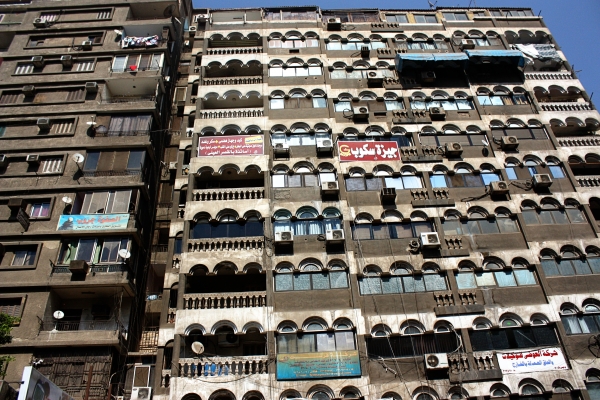
Photo by Eva Melusine Thieme
In our minds, Cairo was the most exotic of destinations. At the end of World War II, my father-in-law had spent three years in North Africa as a German prisoner of war, and his tales of nighttime escapes from a tented camp near the Suez Canal to experience the glamour of the city while trading stolen radio parts for cigarettes had always fascinated us. When we listened to him reminisce, we’d invariably be transported back to 1947 Cairo where boats were floating on the Nile on balmy evenings, exotic dance music spilled out of countless nightclubs, and the scent of Turkish coffee wafted over the souk.
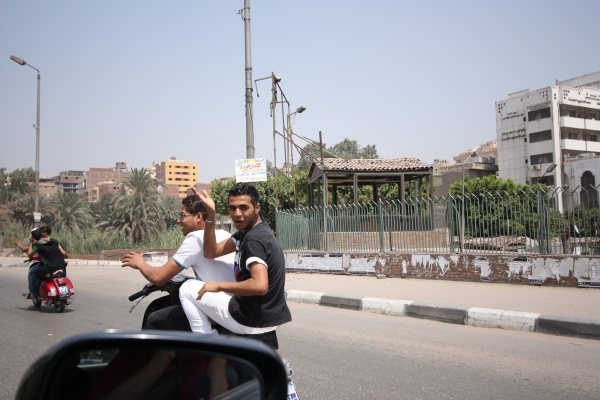
Photo by Eva Melusine Thieme
But no matter how lofty your expectations, traveling with children is always a surefire way to come crashing down to reality. Our kids, unencumbered by rosy visions of bygone days, immediately saw Cairo for what it was – brown, dusty, and dirty. Car horns were blaring nonstop, uncovered engines screamed and belched lung-choking fumes from the back of Volkswagen buses the likes of which you last saw at Woodstock, and hucksters shouted and tugged at your sleeves to offer cheap trinkets. Just one afternoon of sightseeing on foot was enough to have the children fleeing back to the hotel pool.
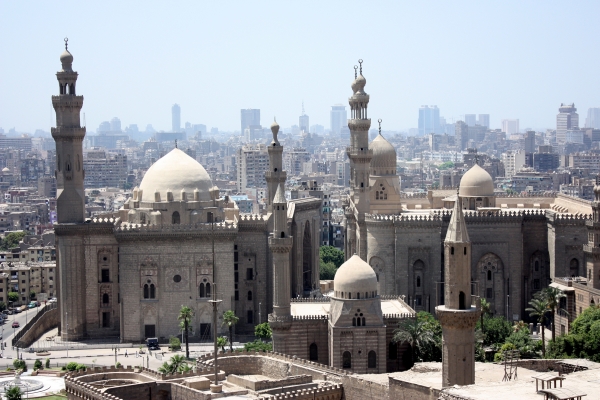
Photo by Eva Melusine Thieme
We knew we couldn’t let them escape without at least a glimpse of the historic sights, so the next day we hired a private driver by name of Hassan, whose yearning, he assured us as he expertly steered us into the labyrinthine traffic, was to make us happy. He called me and the girls, “my queen” and “my princesses” and asked our plans.

Photo by Eva Melusine Thieme
Our plans, however, didn’t much matter, as Hassan’s true yearning was to make the most of this newfound source of income. For two days, we sped through Cairo at breakneck speed, stopping wherever Hassan happened to know just the guy – a cousin, most likely – who’d show us around for a fee, then stopping again at a money changer to replenish our fast-dwindling supplies of Egyptian Pounds. Our happiness was his main concern, Hassan would say all day long, and for added insurance he’d occasionally pull me, “My Queen,” to the side and whisper how very much he hoped I was happy and would convey my happiness to my husband so that he’d pay a handsome tip at the end. Hassan understood the order of things.
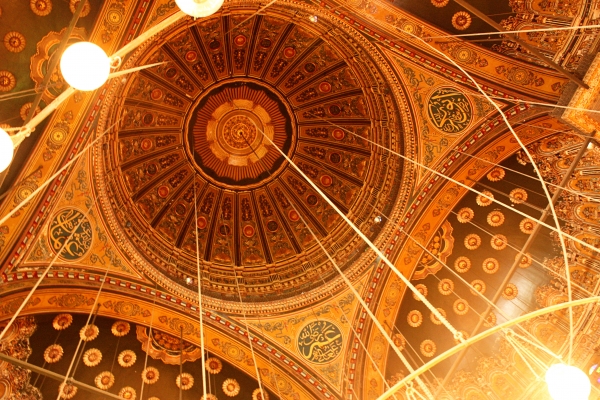
Photo by Eva Melusine Thieme
We visited the “First Papyrus Museum of Egypt” – one of hundreds, we later saw – where we could buy “authentic” pieces of papyrus for “only” $40; the Egyptian Museum, where the room with King Tut’s mask proved most popular among the kids, not because it housed that splendid masterpiece in gold filigree but because it was air-conditioned; the Citadel, Saladin’s medieval fortification against the Crusaders; the well in which Moses’ basket is said to have been thrown before it was swept to the banks of the Nile; the famous Hanging Church in Coptic Cairo, another rare air-conditioned space and therefore much better frequented than you’d think in a mostly Muslim country.
We also clambered onto – and into – the pyramids of Giza. But how we came to see those, and lived to tell the tale, is the making of another story.
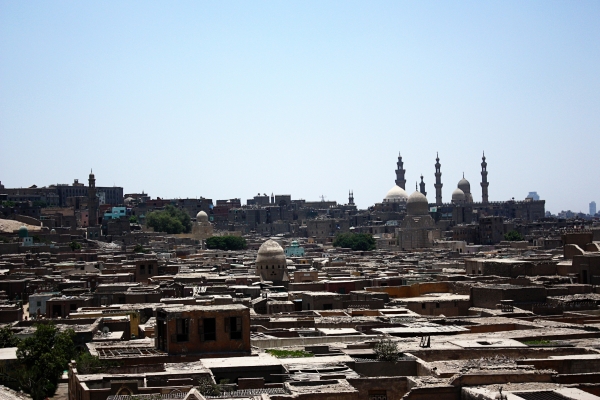
Photo by Eva Melusine Thieme
As fascinating as it was, Cairo hardly seemed anything but an overcrowded metropolis with bad infrastructure. Only when we sat in cushioned seats in the hotel bar far above the city at day’s end, Sundowners in hand, did we feel transported to another time. The orange glow of the setting sun reflecting in the waters of the Nile, the palm fronds swaying in the balmy evening breeze, the softer colors hiding the city’s sharp edges and cluttered rooftops – all of it helped us see Cairo less clearly, more muted, as if someone had turned down the volume and projected a rose-tinted sheen on everything.
This was it: The magic of the Cairo of our forefathers, and now the seed for our own stories, told to future generations.

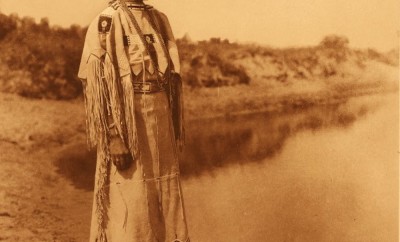

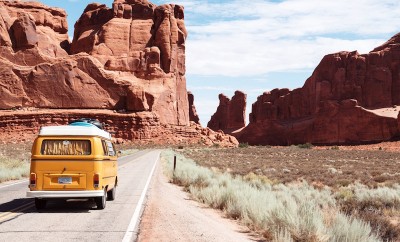

0 comments